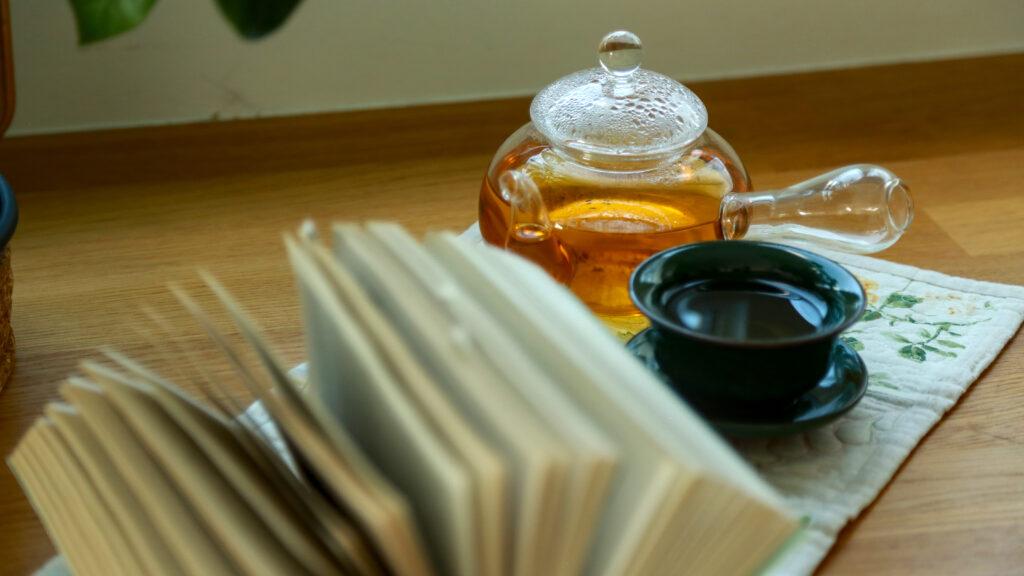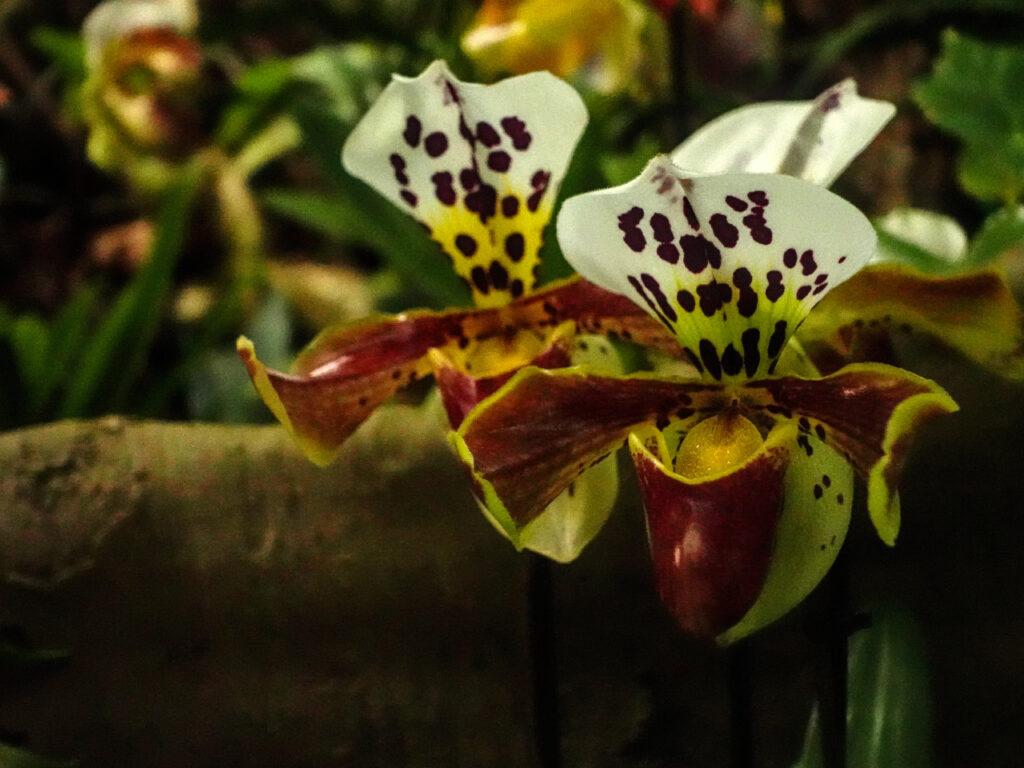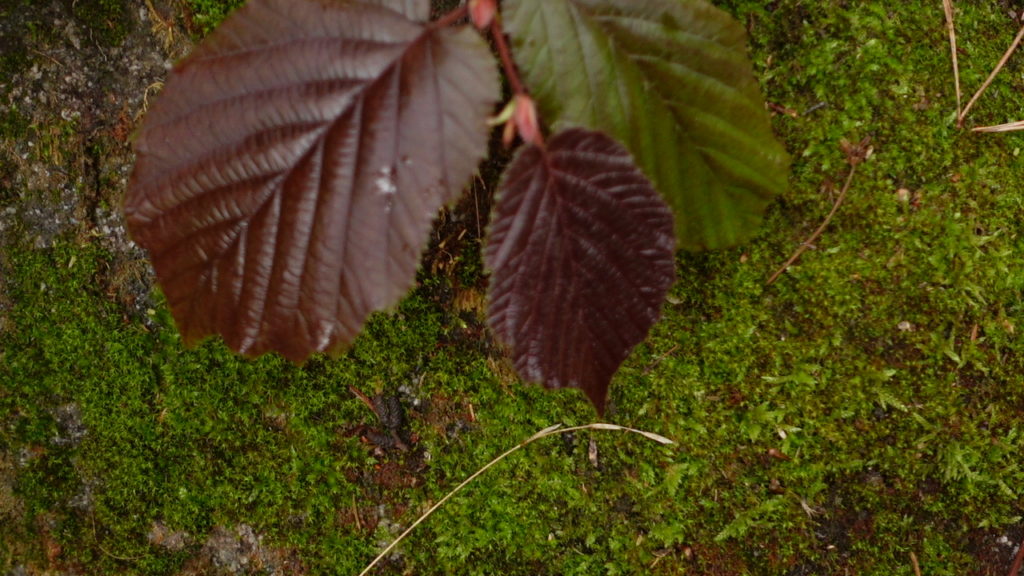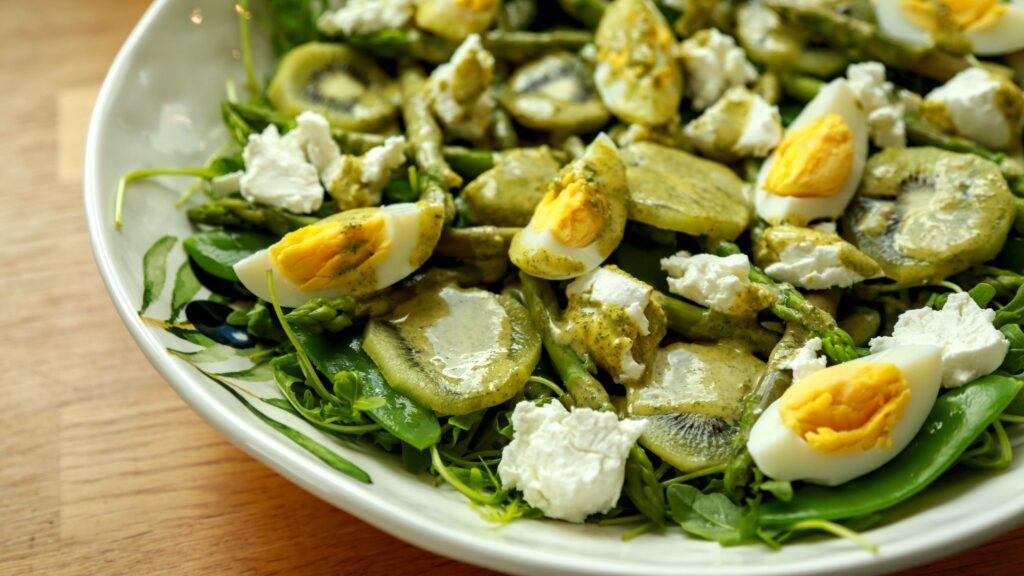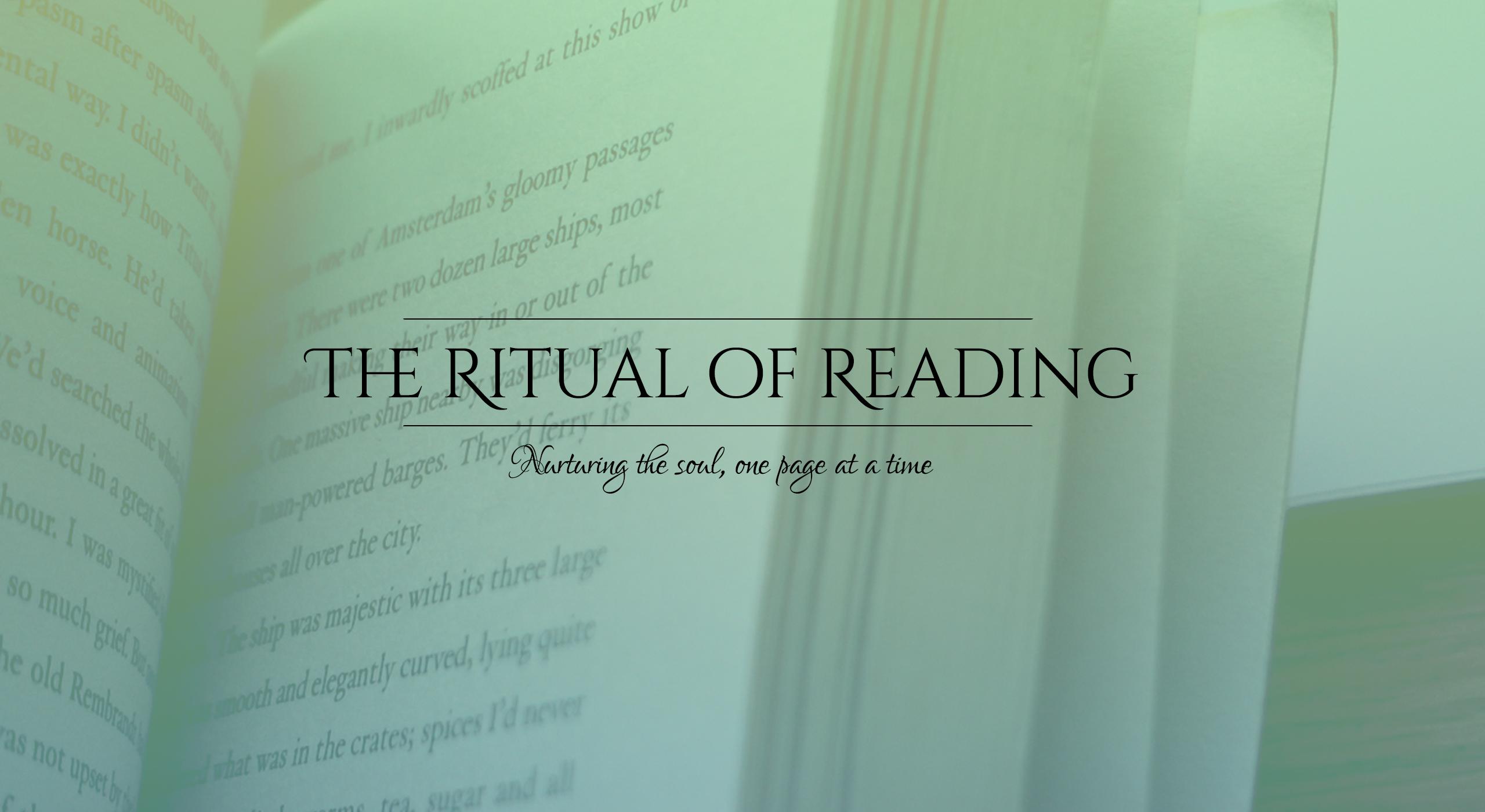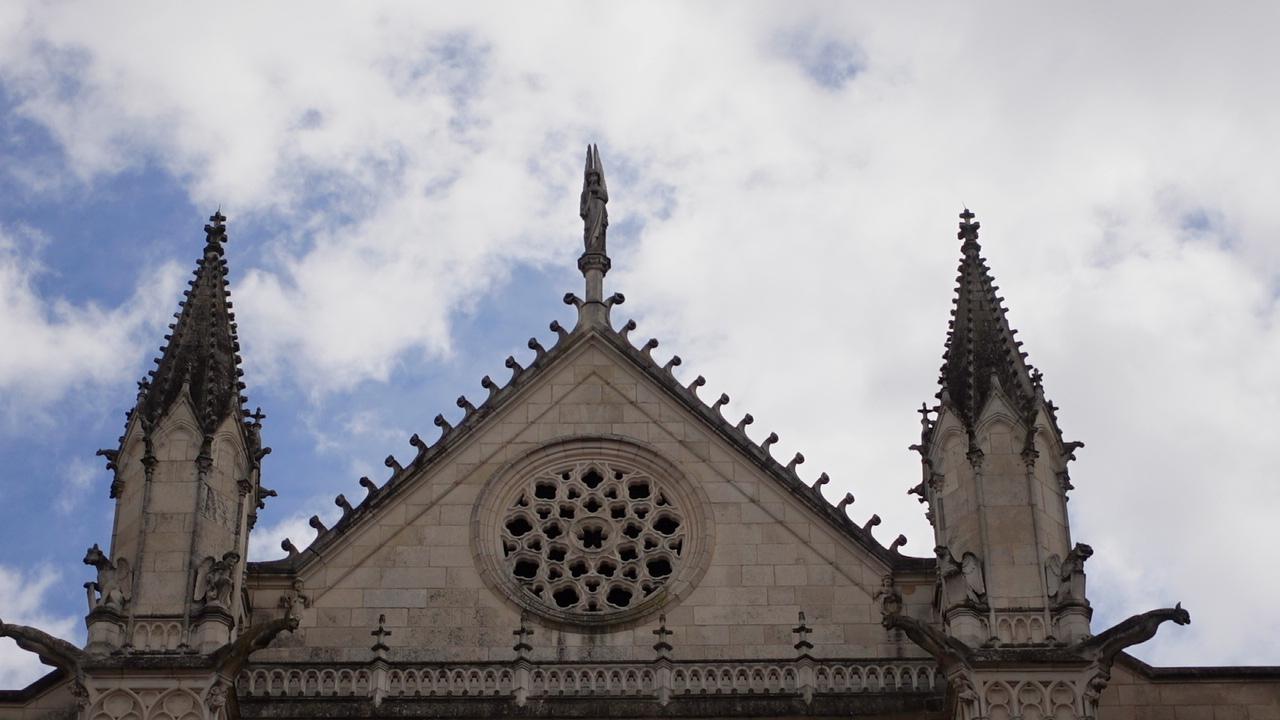“What profound reward you must glean from studying the world so closely….Too many people turn away from small wonders, I find. There is so much more potency to be found in detail than generalities, but most souls cannot train themselves to sit still for it.”
― Elizabeth Gilbert, The Signature of All Things
Do you ever feel fascinated by a fictional character that has absolutely nothing to do with you ? You do not see yourself in her, you have no friends or family that resemble her, she is not someone you wish to emulate in any way, and yet… you cannot help but feel captivated by this unique and intense character.
This was my reaction when reading Elizabeth Gilbert’s The Signature of All Things the first time. And as it happens, the second time as well.
A novel written in a perfect mix of 19th century rythm and 21st century prose, The SIgnature of All Things tells the story of Alma Whittaker, daughter of a botanical explorer, a child with an exceptionally analitical mind that becomes a renowned botanist herself. We follow her during the entirety of her life, as she discovers the mysteries of the world and builds a unique life of passionate study and secret self-discoveries.
I’ll try to avoid spoilers, since all the details end up finding their place in this lifelong story, but there are a few things that feel more important to me than the rest.
Let me begin by one of the most captivating passages of descriptive beauty, as Mister Ambrose Pike comes to the Whittaker estate at the invitation of Alma, who recently discovered his drawings of orchids.
In honour of this revelation and of this pivotal moment in Alma’s life, I visited the annual Orchid exhibit in the greenhouse of Paris’ botanical garden, Jardin des Plantes. The show has reached its 9th edition, and with a name like “One thousand and one orchids”, it did not disappoint. Specimens from both the Natural History museum’s collections as well as from the greenhouses of the city of Paris, were joined by rare varieties from five French orchid producers, an opportunity to show off classical beauties and newly created hybrids. The very realistic staging in the great greenhouse of the botanical gardens made me pay attention to every detail. Everywhere you looked, there was a new variety to be spotted, so just like in the opening quote, finding stillness in order to admire such rare beauty has been a lesson on its own.
George thrust into Alma’s hand a lithograph of a spotted Catasetum. The orchid had been rendered so magnificently that it seemed to grow off the page. Its lips were spotted red against yellow, and appeared moist, like living flesh. Its leaves were lush and thick, and its bulbous roots looked as though one could shake actual soil off them. Before Alma could thoroughly take in the beauty, George handed her another stunning print – a Peristeria barkeri, with its tumbling golden blossoms so fresh they nearly trembled. Whoever had tinted this lithograph had been a master of texture as well as color; the petals resembled unshorn velvet, and touches of albumen on their tips gave each blossom a hint of dew.
Then George handed her another print, and Alma could not help but gasp. Whatever this orchid was, Alma had never seen it before. Its tiny pink lobes looked like something a fairy would don for a fancy dress ball. She had never seen such complexity, such delicacy.
I chose to prolong the orchid exploration, and it seemed only appropriate to pair the novel with a cup of tea suited to the occasion : Orchid Oolong by Le Parti du Thé. There are more than 30 000 species of orchids in the world, and the majority of them are scented. Our knowledge of the popular Phalaenopsis in it unscented version sold in supermarkets worldwide has left us thinking that colour is the only weapon of seduction the flower has. But in this delicate blend of semi oxidized oolong tea and floral exotic flavour of orchid, I feel I am transported on a Polynesian island, sitting comfortably on the porch of a bungalow, overlooking a crystal clear ocean, with my cup of tea at hand.
I started by confessing my fascination towards the character of Alma. And if the 19th century life of a young woman of means seems comfortable enough to envy, what I enjoyed reading about was the trials and tribulations of a spirit so down to earth, so rational in any field or subject, that it feels like a precursor of feminism. Yes, the subject of her sexual curiosity is omnipresent, and even if this contemporary liberty taken by the author seems somewhat implausible for a woman of those times, I’m encline to say : but what if ?
What remains however quite believable is the fact that even if her views on the subject came from a scientific need to discover, her longing for a life partner to share not only day to day life but also her passion for botany are consistent with the ways young girls were raised to envision life. What made her so avant-garde was the fact that her botanical interest was never a secondary occupation, a hobby, something to pass time. It was the thing that most defined who she was, and a non-negotiable in any lifestyle she could have imagined.
How she came to the study of moss seems unimportant in the face of her enthusiasm and dedication. And if I’m honest, what truly astonishes me is the passion with witch Liz Gilbert has chosen this path for her character. Some of the paragraphs are so well written, it could even make botany interesting for the complete outsider. If the scientific study of plants has little interest for my creative side, the philosophical interpretation of those studies is infinitely more appealing, so the thought process that follows after a paragraph like this is quite exciting :
Moss grows where nothing else can grow. It grows on bricks. It grows on tree bark and roofing slate. It grows in the Arctic Circle and in the balmiest tropics; it also grows on the fur of sloths, on the backs of snails, on decaying human bones…. It is a resurrection engine. A single clump of mosses can lie dormant and dry for forty years at a stretch, and then vault back again into life with a mere soaking of water.
Moss is inconceivably strong. Moss eats stone; scarcely anything, in return, eats moss. Moss dines upon boulders, slowly but devastatingly, in a meal that lasts for centuries. Given enough time, a colony of moss can turn a cliff into gravel, and turn that gravel into topsoil.
To think what even the most ordinary, unremarkable, common one of us could do with enought motivation…
My ritual for The Signature of All Things is completed by the greenest most refreshing salad you could imagine. Naturally after greenhouses and moss, I longed for the crisp taste of green. Yes, the taste of a colour I’ve already professed my love to, and that I chose to sublimate with a surprising dressing. So asparagus, snow peas, roquette, kiwi, fresh goat’s cheese and a few hard boiled eggs. I kept the natural flavours, sometimes you really want to taste the asparagus and not the slice of grilled bacon around it. But I went all in with the salad dressing. Fresh mint, mustard, honey, grapefruit juice, olive oil, salt and pepper. It’s almost like a mint pesto, but I added a little more grapefruit juice to have the perfect salad dressing consistency. A dream of a salad for any summer lunch when you just need that splash of green in your life.
You can get the full recipe here.
The Signature of All Things, a novel I first read in 2014, and re read in 2022. So after looking at it from two perspectives, why do I think you should read it ? Because Alma Whittaker is a character worth knowing. You won’t agree with everything she does or thinks, you’ll sometimes find her strange, and other times endearing, but in the end, getting to know her will teach you something about the value of our quirky, loners, queer in any shape or form neighbours, travel companions or anonymous followers. The ones that have the capacity to see fascinating worlds in a droplet of water. And maybe while noticing them, we get inspired to find passion in our own lives.
I’ll leave you with my favourite quote from the novel, while I go and make the best of its message :
I would like to spend the rest of my days in a place so silent — and working at a pace so slow — that I would be able to hear myself living.
Until next time, enjoy your reading and your rituals !
Shopping List
If you would like to support The Ritual of Reading, please consider purchasing your books from the Bookshop.org dedicated site by clicking the link below. You get to support local bookstores and I make a small commission with every purchase. Thank you !

